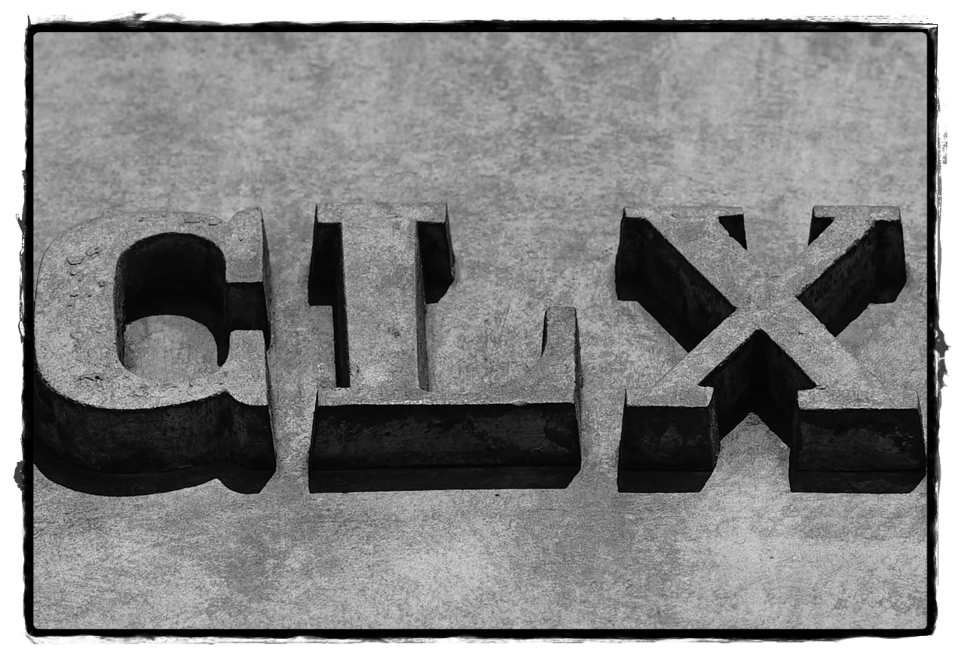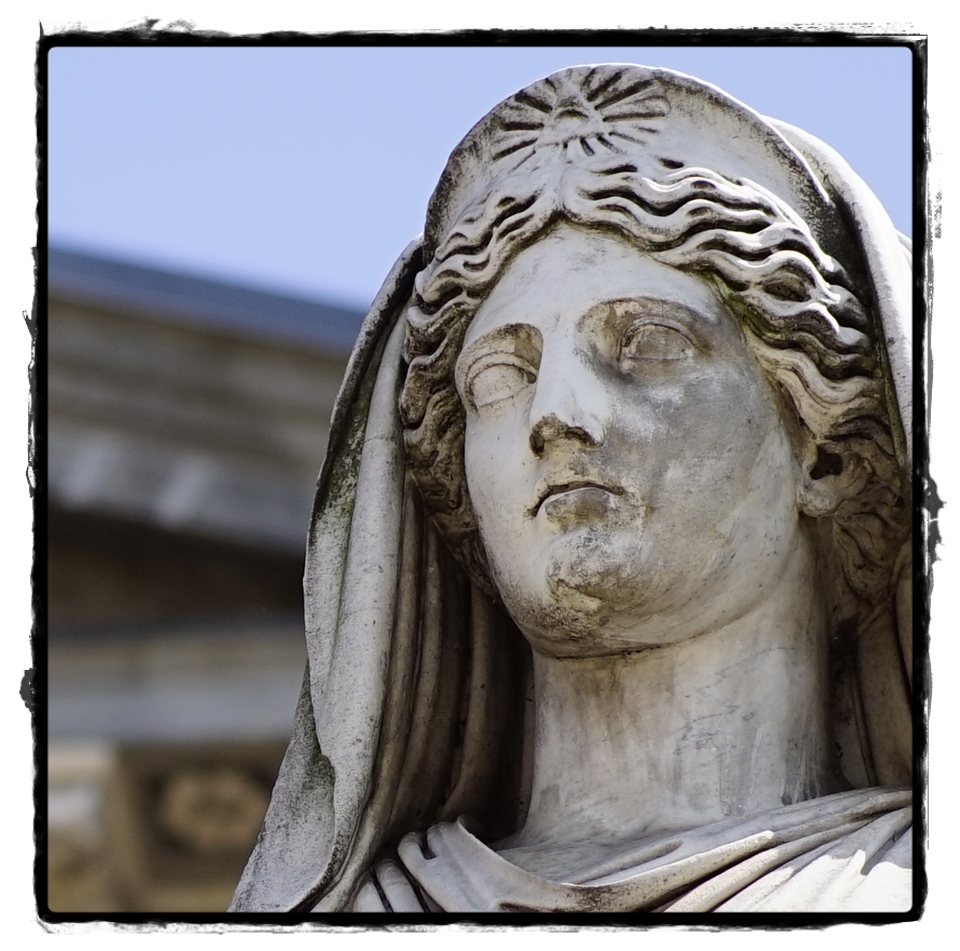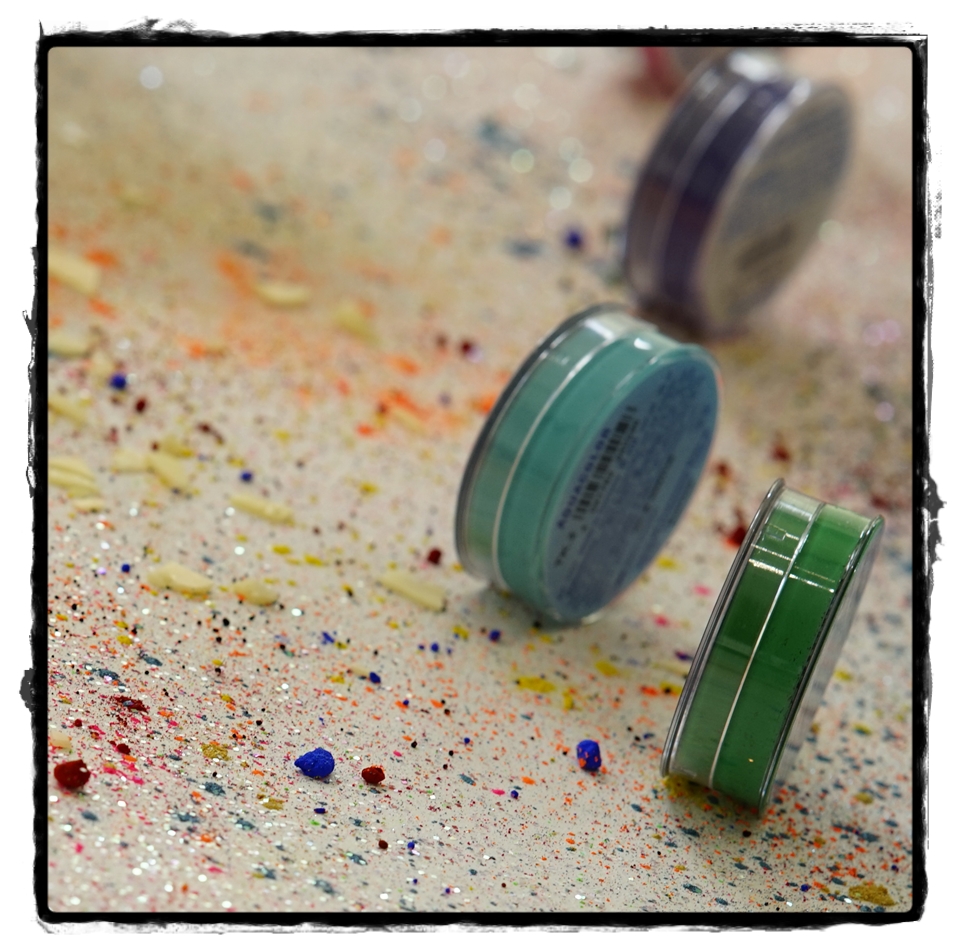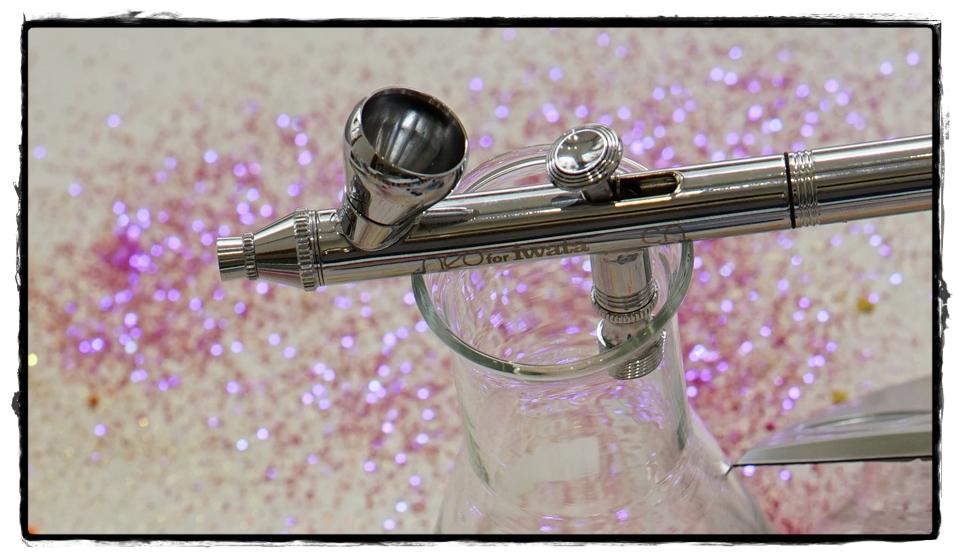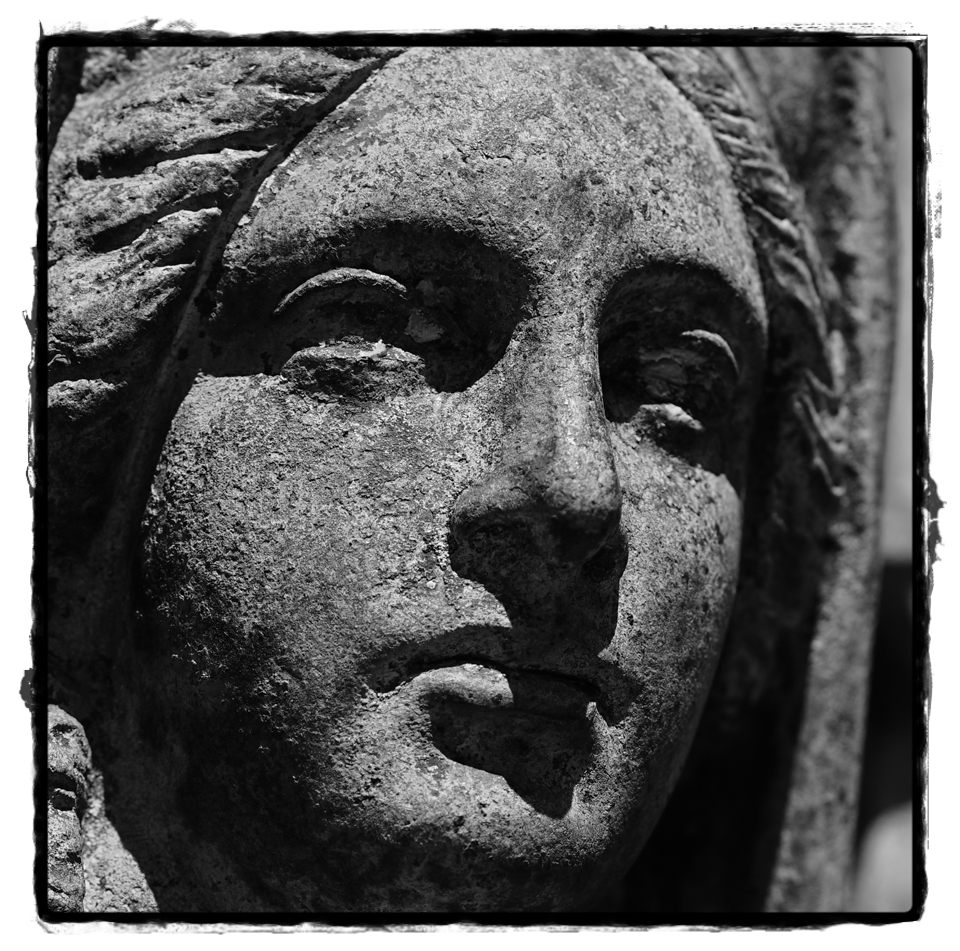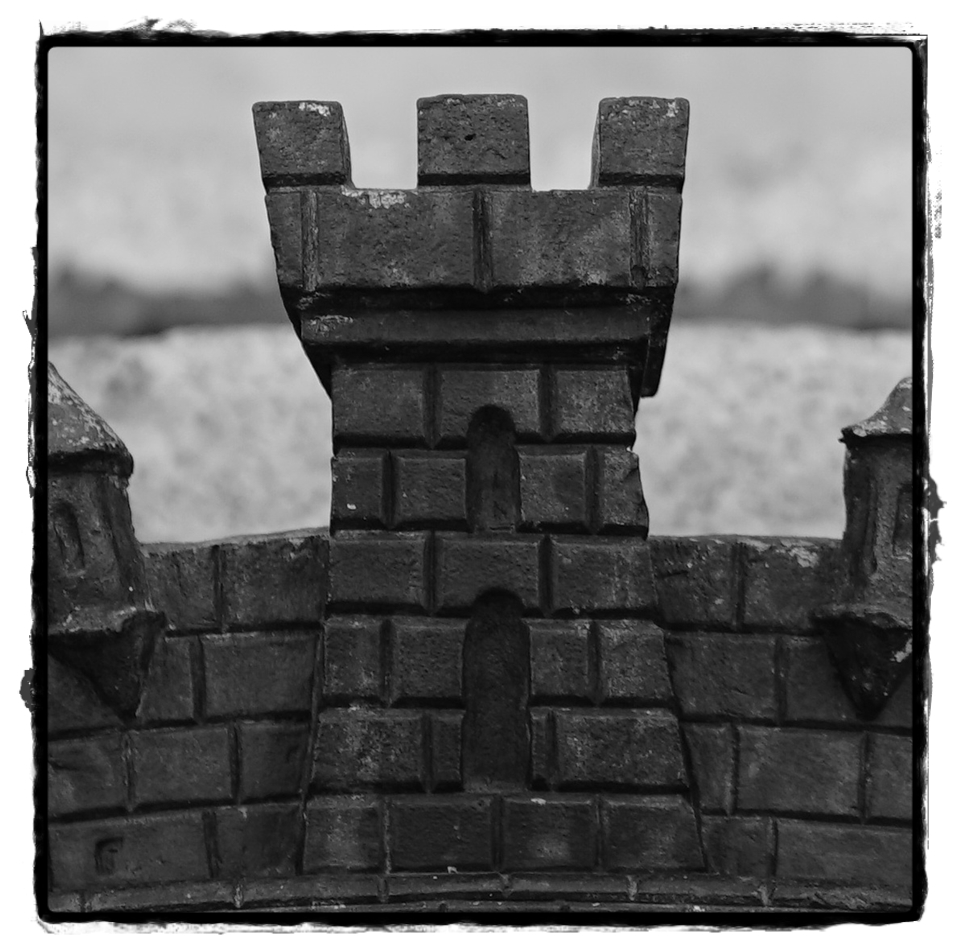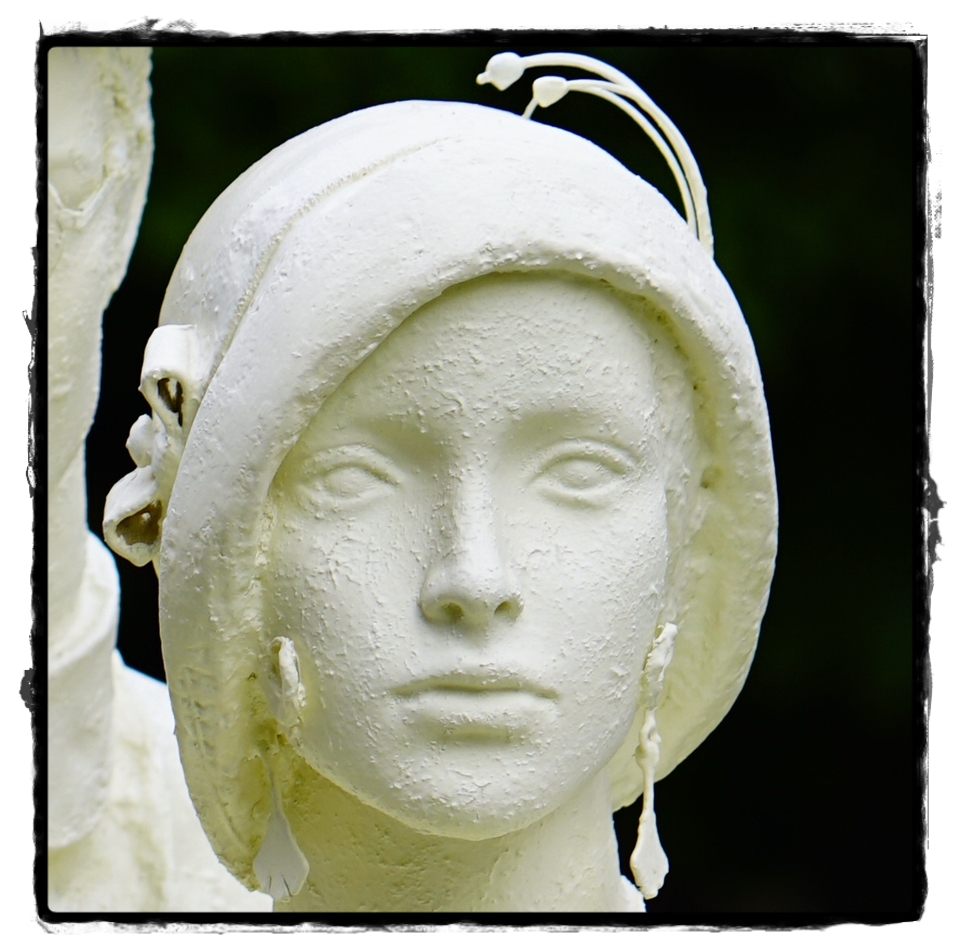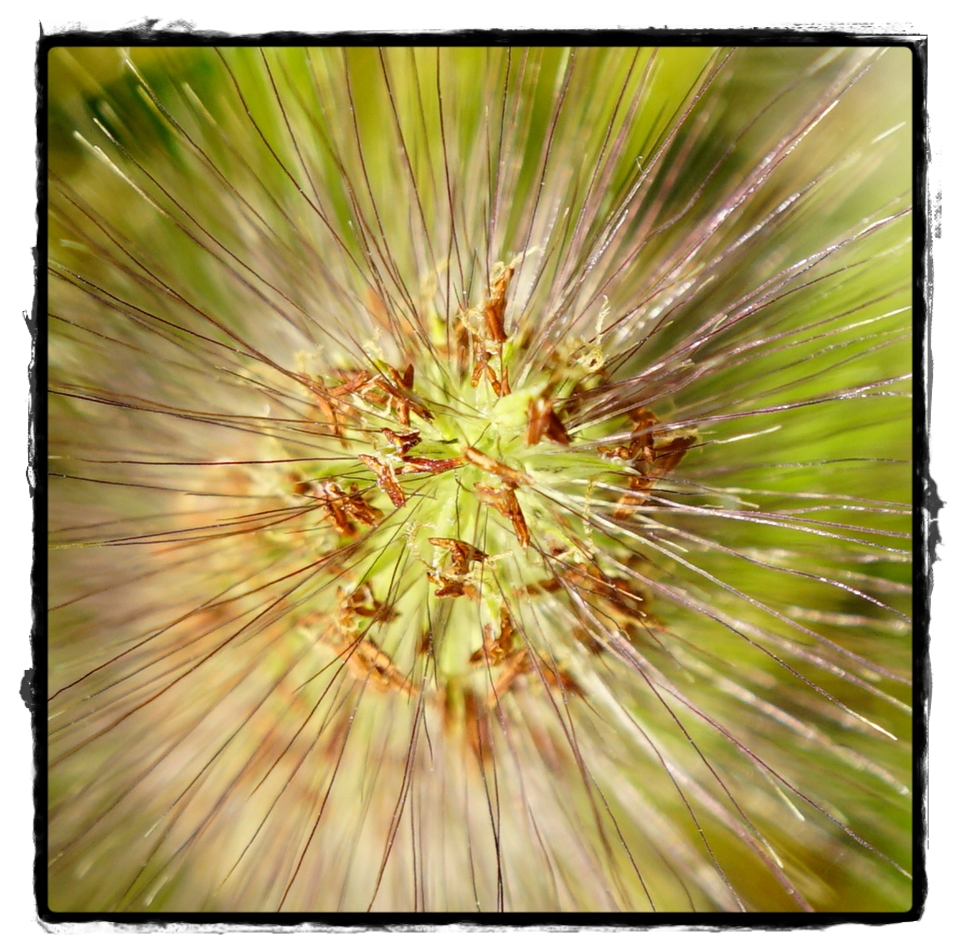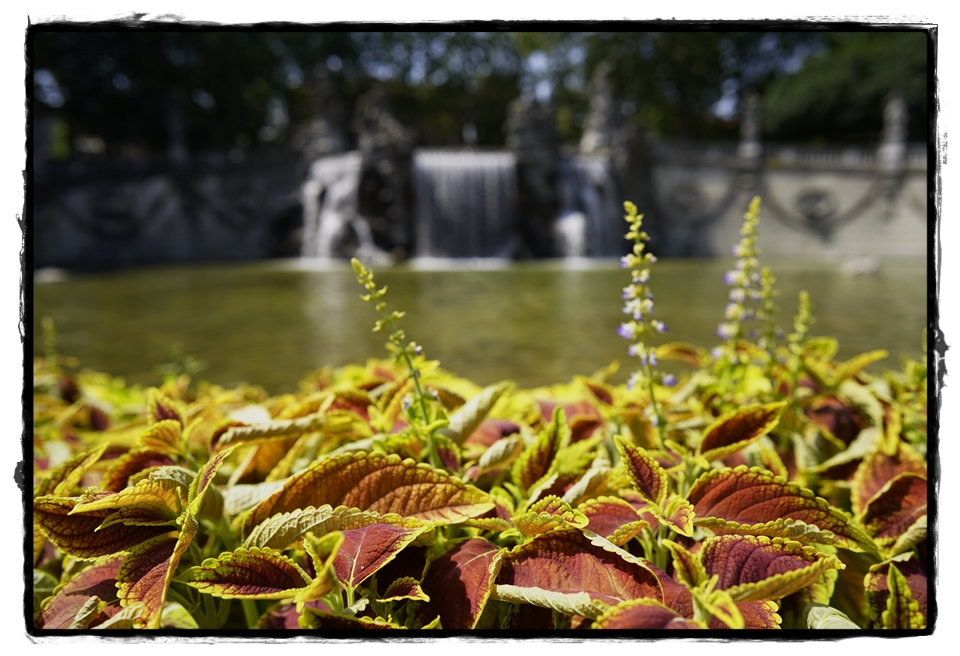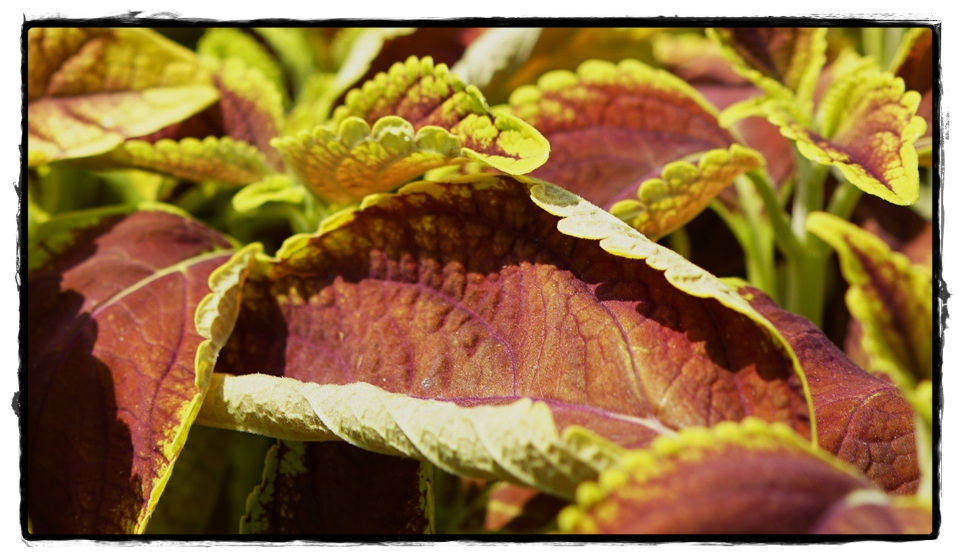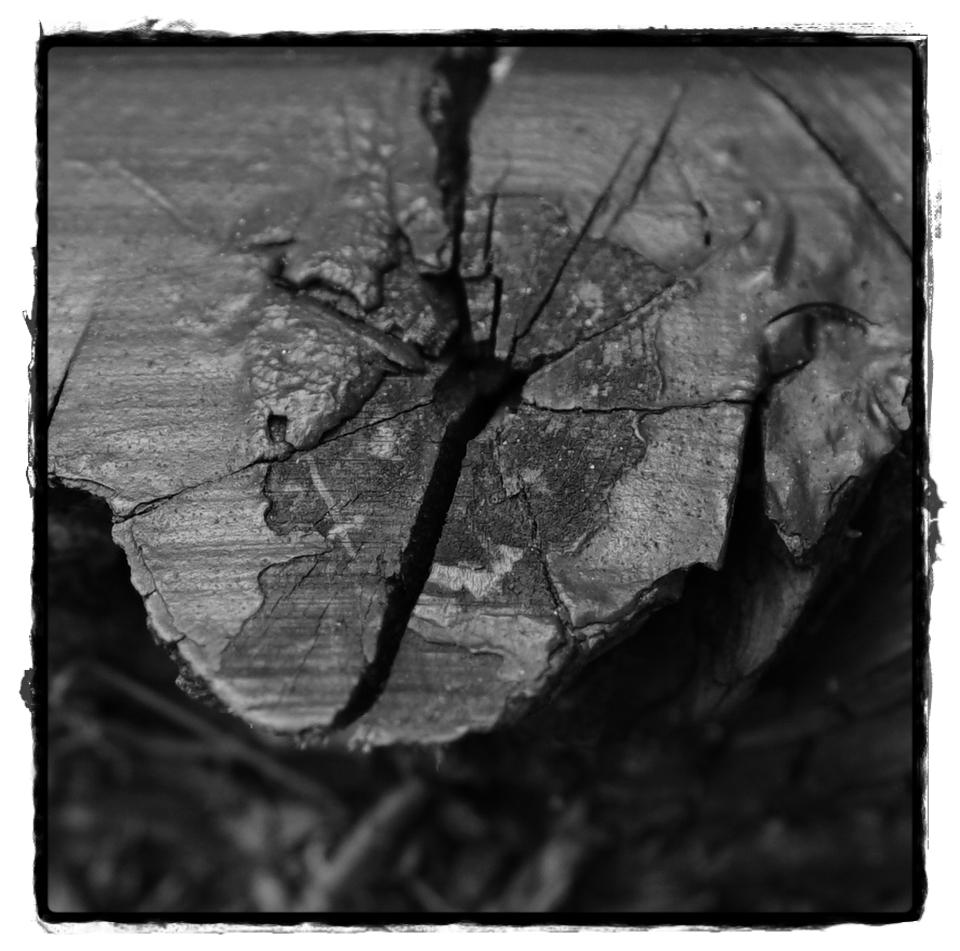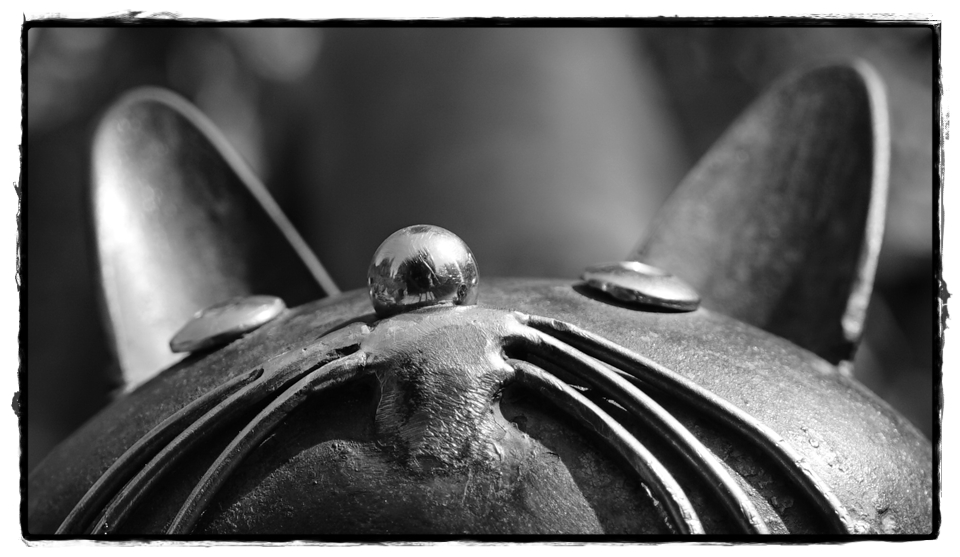<<It’s a masterpiece>>, these are the first words that came to my mind when I bought it and went out to take some shots. I guarantee that writing an impartial review without much sentimentalism could turn into something very difficult.
I’ve been waiting for one year the release of a high level portrait lens. Nowadays I’ve used it for a couple of months and I have to acknowledge I’d have gladly waited one more year to have such an object, it’d have been worth it.
Let’s go into details. The Batis 85mm is the first Zeiss autofocus lens dedicated to the Sony FE system (together with the Batis 25mm), it offers a f1.8 maximum aperture and it is optically stabilized. Having already largely used all the Zeiss Touit for Fuji X mount (32mm, 12mm and 50mm macro) I can say the shooting feeling is very similar. This means image quality of an absolute level over the entire range of employment, until the edge of the lens and with every different aperture it could happen to use in the hardest conditions. I’ve tested it as soon as it was available (I’ve been pretty lucky to get one of the first) on my A7R and the first shot was enough, just a couple of seconds, to realize that the lens was literally changing the face of my old camera. Its goodness is hard to synthesize.
***The shots in this gallery have been taken with the old A7R right before changing it for the A7rmkII. Details’ volume and consistency are impressive, as you can see in the relief letters. Vignetting at great apertures can be easily eliminated with a single click during the ARW file post-production. Bokeh shows a rare cleanliness and definition; it’s possible to use all the available apertures obtaining always remarkable results***
Resolution looks almost infinite, even enlarging files over 100% images remain solid, compact and sharp. This is pretty much valid with all the apertures. Obviously it’s necessary to evaluate lenses in lighting conditions that doesn’t penalize image quality excessively, especially when we presume to be able to find any lack in such a lens. Considering my way of shooting and the depth of field I’m used to search for, it’s very unlikely that I have the need of using apertures greater than f2.5 – f2.8, but this doesn’t mean that this Batis can’t satisfy the highest expectations.
If there is something that made me addict, it’s surely that shooting feeling that you can find only with certain fixed lenses. Having purchased all of the three Zeiss Touit for my Fuji XT1, by now I consider myself as a spoiled photographer. Why? Because I simply expect a lens to be always able to render exactly what the human eye sees, I expect photorealism and nothing else. Like if it was easy….
If Touit lenses were able to squeeze the soul out of the camera, Batis lenses are not different. Zeiss is always Zeiss; photographs are real, three-dimensional, incisive, colors are perfect, contrast is exceptional, the detachment between subject and background is sharp, bokeh is clean, uniform and defined. Just add the possibility of using it with a high performance camera like the A7RmkII and the game is done. With the Batis 85mm every single shot is sharp and material, and if you use it with lower performing cameras I guess you don’t even get close to an half of its real potential. I would bet that it’s capable of handling resolutions higher than the actual 42Mp.
One of the many advantages of using high level lenses is that they allow you to bring back home beautiful, clean and defined shots even when the light is not perfect. With these conditions, using inferior lenses contributes to get “dirty” images. Not even the direct sunlight onto some surfaces puts the Batis in a difficult position; adjusting exposition properly the highlight resistance is impressive. All the rest, so dynamic range and shadows recovery is provided by the camera. In this specific case the A7RmkII and the Batis 85mm are an unmatched couple, but to be honest it’s the same thing with all the other Zeiss lenses (dedicated reviews will come).
***The details of some shots show the 85 performance (with A7RmkII) at different apertures. Even at f2, far from the lens center, the Batis doesn’t back down: it remains sharp, resolute and globally clean and three-dimensional. When working at normal apertures (from f5.6) incisiveness becomes really outstanding***
Ergonomic is perfect: the Batis falls perfectly in your hand and the camera body (with battery grip) remains well balanced.
Proceeding we find an impressive stabilizer; hand-held shooting with a shutter speed of 1/30s is very easy, and more experienced photographers can attempt some nice shot at 1/15s.
Autofocus is fast and precise even setting the smallest reticulum. When it comes to find the fineness in a particular shot the Batis does always everything to simplify your life.
The minimum focusing distance never reveals itself as inadequate. The only important thing is to remember that we’re shooting with a Full Frame camera and we’re not handling a macro lens.
If we really want to find a defect, that is more a characteristic, it’s the focus ring working with the “focus by wire” system. Personally I’ve never loved this technical choice in any of my lenses, I find it not practical and intricate. For manual focusing purpose the Loxia series by Zeiss is a totally different world, both in term of precision and feeling with the lens.
In case of you’re considering to purchase the latest Sony camera, you’d better know that with such a high level lens it’s possible to really take advantage of it. It doesn’t have a precise photographic environment where it excels in respect to other lenses; if you love reportage, portraiture, landscaping or if you simply like shooting various particulars this 85mm will always be able to offer an exemplary level experience.
***A hand-held shot of a shop window taken at a distance (ISO 100 – f2 – 1/400s); even close to wide open aperture, behind a glass, with a lamp pointed against it and despite the surrounding ambient reflections, the dummy looks perfectly sharp and plastic. The image preserves a great quality and an outstanding contrast even with adverse lighting conditions***
Ok, in short: the Batis 1.8/85 is a masterpiece, it’s getting very difficult to demand more.
Now, let’s have a look at the wide-angle. Just to spoil your surprise I’ll start telling you it’s spectacular.
The focal length of 25 mm is enough to take back home a great variety of shots; the horizontal angle of view is slightly above 70° so it’s the ideal compromise between extremely wide (like a 15mm for example) and modest focal lengths (35mm). The maximum aperture of f2 is maybe even too much, but this depends on the depth of field ratio you’re looking for. The minimum focusing distance is extremely short: it’s declared to be 20cm, but using it in many occasions I realized I was closer to the subject risking to touch it. It’s practically a macro lens.
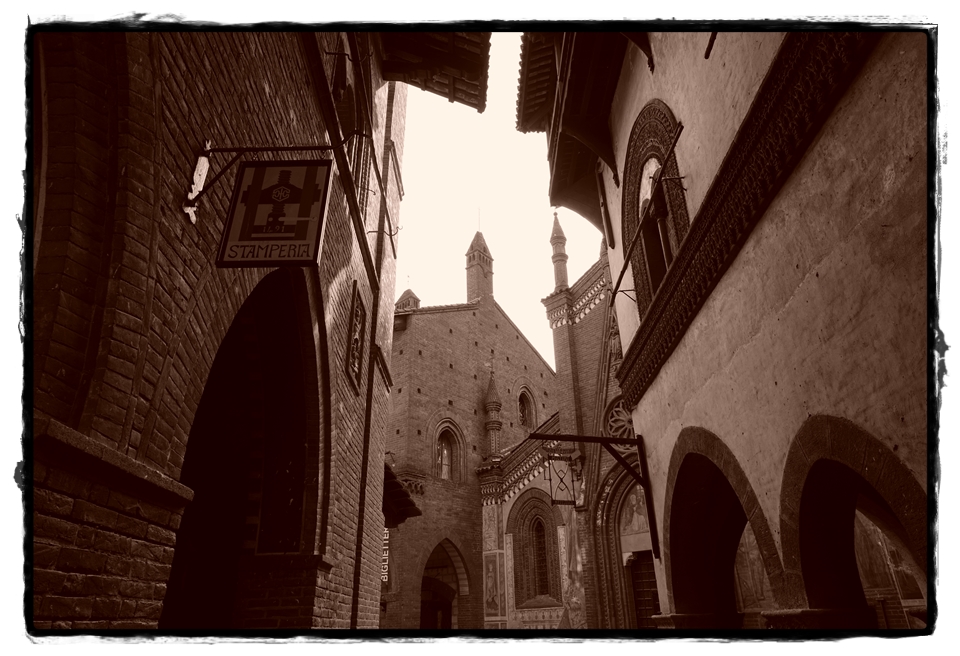
The shooting feeling is almost identical to another Zeiss I own, the Touit 12mm (18mm full frame equivalent). Congenital issues related to using wide angle lenses on full frame cameras relegate immediacy and ease of taking orthogonal pictures to APS-C territory. Territory in which is enough mounting a Touit 2.8/12, framing, and realizing images that are almost distortion-free in a fraction of a second. The Batis 2/25 doesn’t forgive, and this merely because being slightly crooked a few tenth of a degree in respect to the horizon will be enough to distort everything. We’re not talking about a flaw, but the matter is simply a natural characteristic of using wide-angle focal lengths on big sensor. It’s necessary to be micro-metric and meticulous with composition, and it’s easier to completely ignore the camera’s electronic level (those who shoot architecture already knew this).
Having completed the introduction, you must be wondering how it performs…
***In these two enlarged details we can notice how it can be possible to obtain a very tiny depth of field and a pleasant bokeh, and this thanks to an incredibly short minimum focusing distance. With f4 and f5 the out of focus is already remarkable; working with apertures like f2.8 and f2 we get an even more emphasized and spread out bokeh. The enlarged read and yellow leaf shows its edges overexposed due to direct sunlight; nevertheless the fine hair is still visible and the highlights are 100% recoverable. The enlargement of the next picture can give you an idea of the fine detail delicacy. Colors are so gorgeous that they appear almost unreal***
I would define it as a different twin of the 85mm; it’s really the case of getting back talking again about perfection. Realism, three-dimensionality, incisiveness, resolution, sharpness, colors, contrasts, backlit resistance, it’s a wonder from every point of view. One thing of which we never hear about a lens is its delicacy in reproducing some details: the Batis doesn’t give up all of this and at the same time it remains soft and super-resolute. It squeezes out of the camera photographs that I wouldn’t hesitate to call material, as per Zeiss tradition.
Initially it may seem a hurried and simplistic conclusion, but I ensure you that it really lacks nothing. It gives away limitless satisfactions at every well-made shot. Restricting ourselves to read a technical file, a graph and a couple of laboratory tests would be resizing if our aim is to understand the potential of such a high level lens. As I’ve already said, both this wide-angle and its portrait twin are those elements that reveal themselves essential if you have the intention of squeezing your Sony A7RmkII to its bone. Utilizing them with lower level cameras unfortunately implies losing some of the goodness of these two FE legacy jewels.
***In these two shots (both taken at f2.8) the black and white acquires a unique tone; wood couldn’t be more real than this and it’s very easy to play with depth of field without ever seeing optical limitations. Also metal of the cat’s statue looks very well-defined and imprinted even near to the widest aperture***
Good for nothing saying that they’re both a highly recommended purchase regardless of whether you are a professional or a demanding enthusiast. They’re a real investment. In ten years time, and probably more, all the cameras that actually represent the best high-tech ever made will be nothing more than wrecks… the two Batis will still produce photographic masterpieces.
***All the images shown in these galleries are original Sony JPEG without any kind of post-production***
(follow my NEWS section and don’t loose the latest trials concerning cameras and lenses already reviewed)

